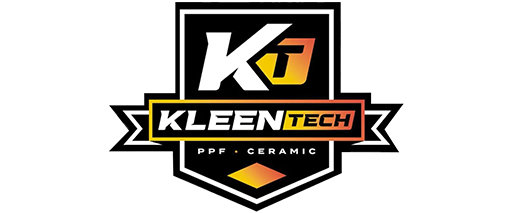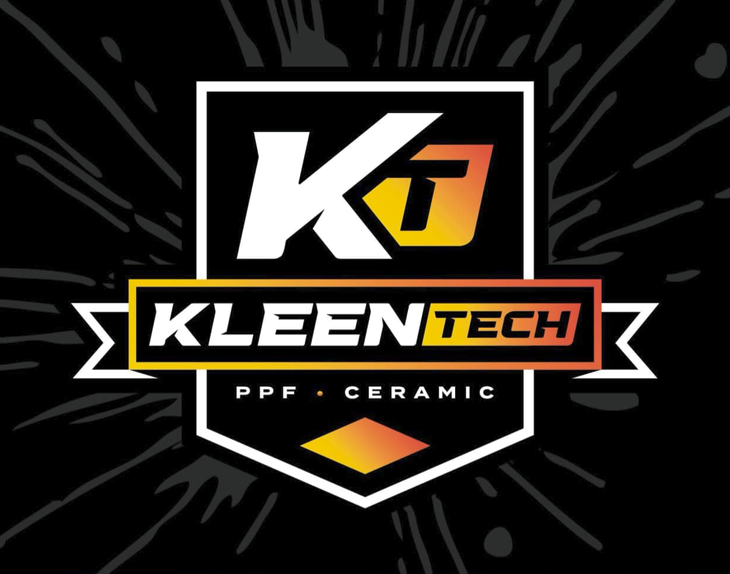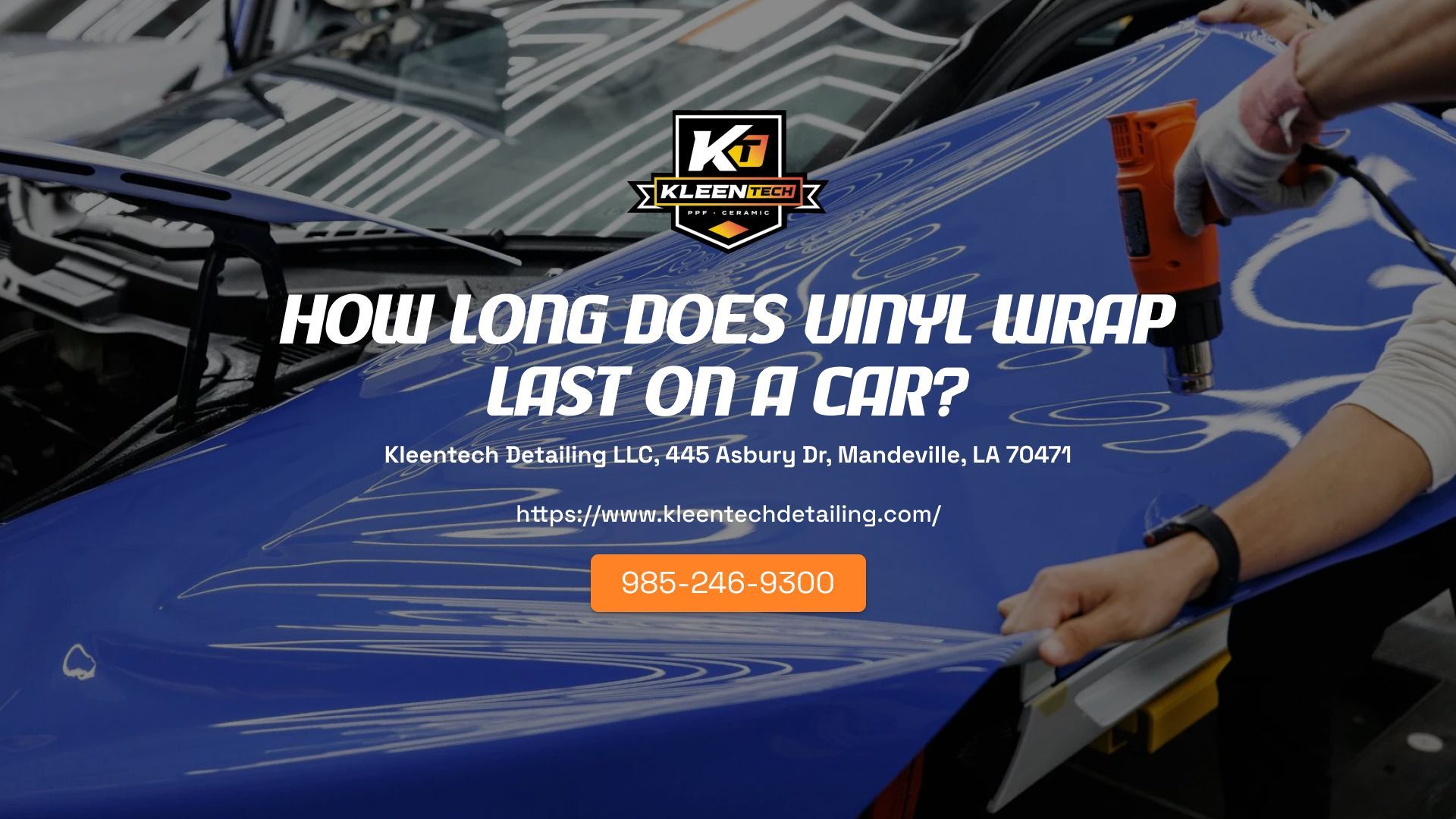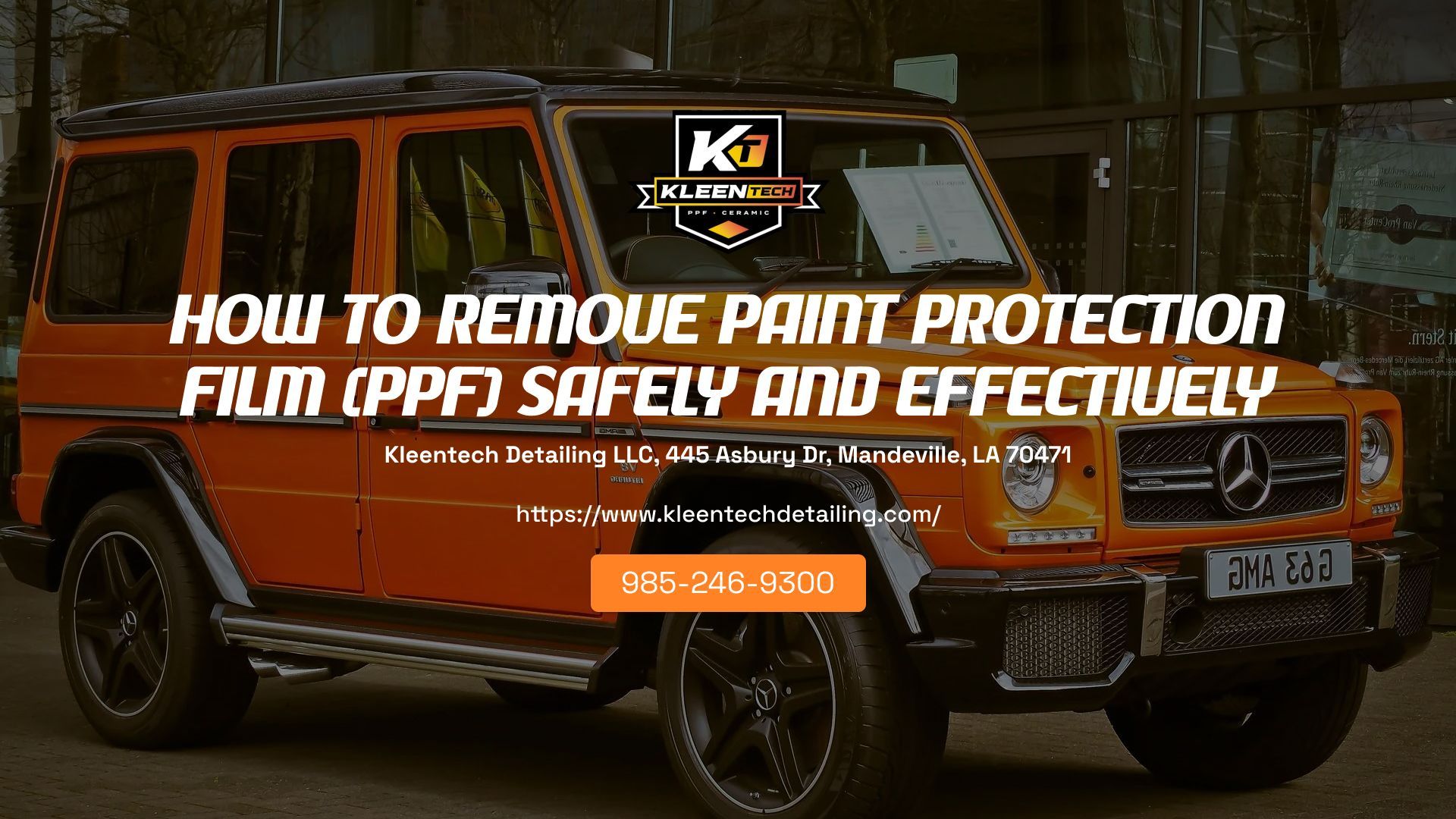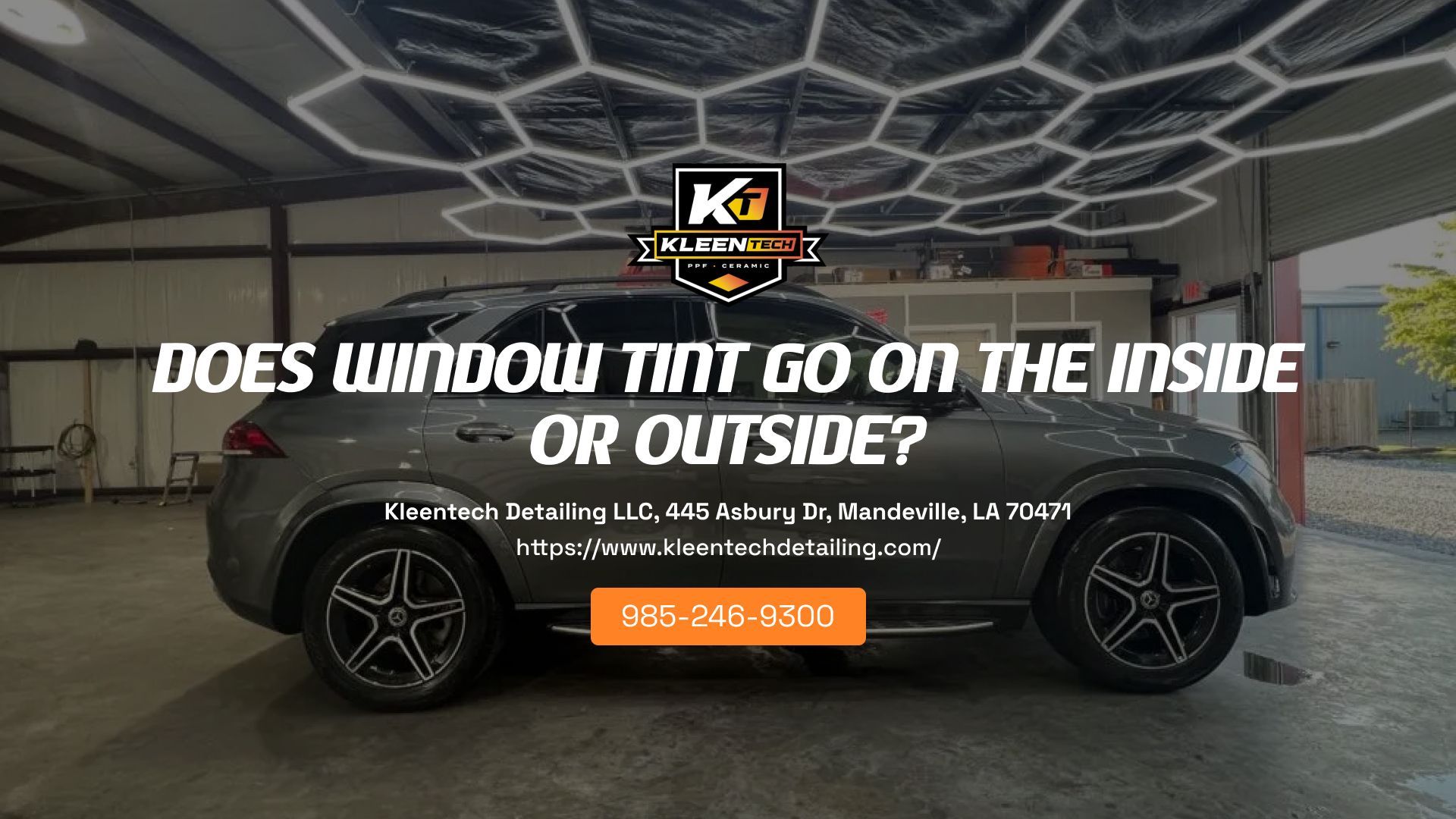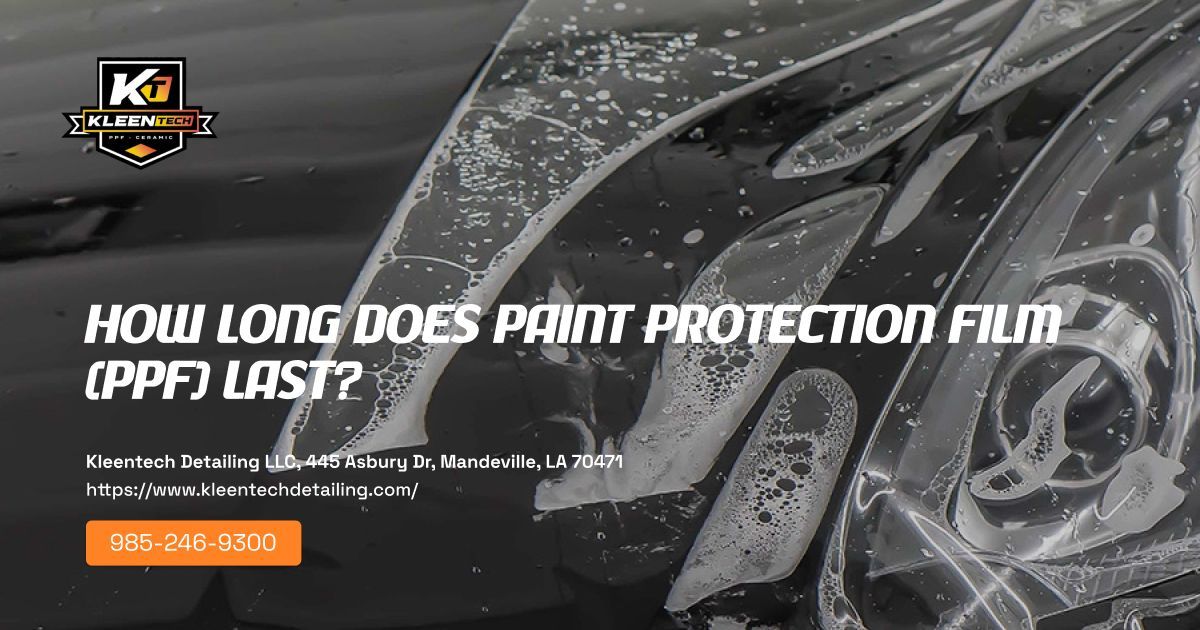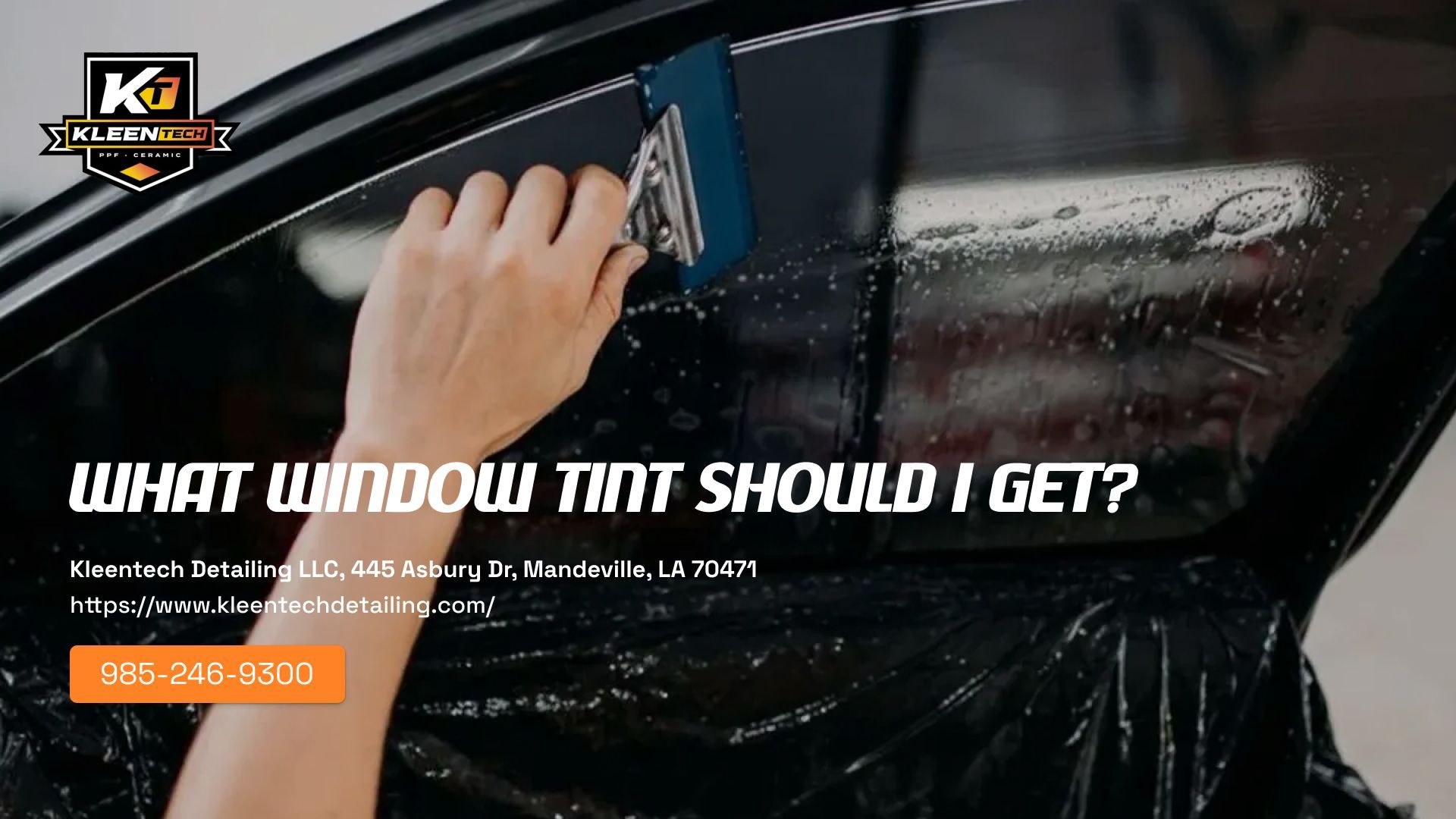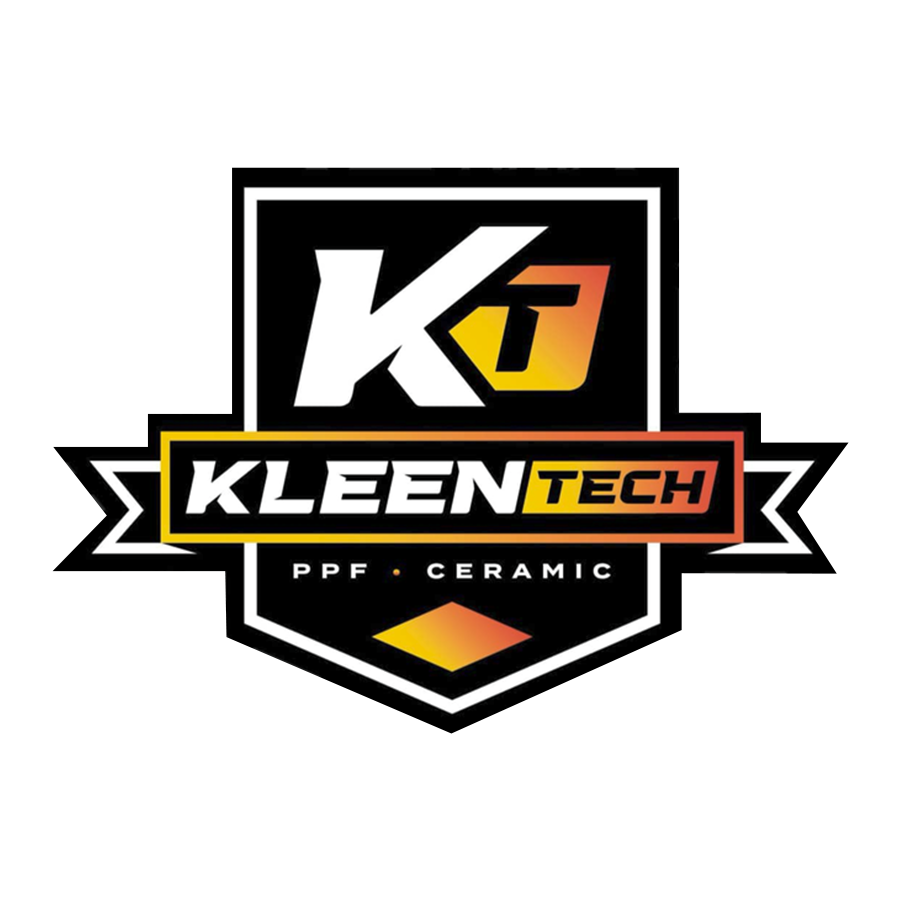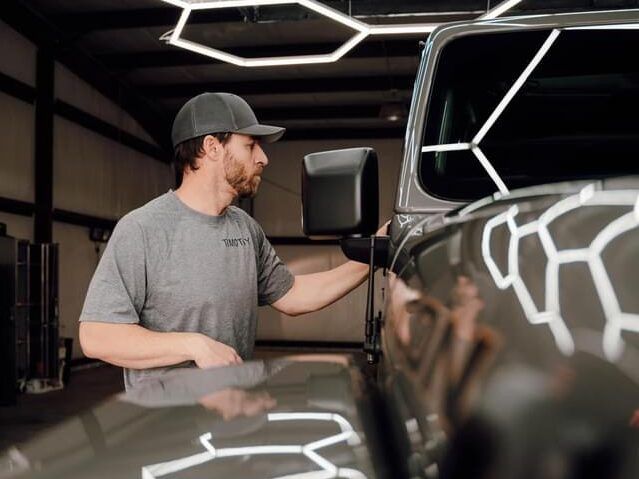How Ceramic Coating Can Protect Your Car’s Paint
Table of Contents
Do you want to protect your car’s paint and keep it looking like new for years? Ceramic coating is the answer. This revolutionary technology has become increasingly popular in recent years due to its ability to provide long-term protection from dirt, grime, UV rays, and more. In this article, we will discuss how ceramic coating can help protect your car’s paint job and make it look great for longer.
Ceramic coating is a liquid polymer that hardens on contact with air or heat. It forms an ultra-thin protective layer over the paint surface of any vehicle which helps repel contaminants such as dust and water while still allowing moisture to escape. The result is a sleek finish that lasts much longer than traditional waxing methods. Additionally, ceramic coatings are designed to resist scratches, chips, fading, and other signs of wear and tear.
Finally, when applied properly by an experienced professional, ceramic coating offers unparalleled protection against environmental damage such as UV rays and acid rain. With this type of protection, you can rest assured knowing that your car’s beautiful paint job will remain intact for many years to come. We hope you find this article informative so that you can make an informed decision about protecting your vehicle’s paint job!
How Ceramic Coating Protects A Car’s Paint
Ceramic coating is a great way to protect your car’s paint from damage. Not only does this type of protection keep scratches and scrapes at bay, it also helps defend against chemical stains and UV rays. The application process for ceramic coating takes time but the payoff can be significant in terms of keeping your vehicle looking new.
When applying ceramic coating, a special polymer-siloxane liquid is used which bonds with the surface of the paint on your car. This creates an extra layer that acts as a barrier between the exterior and any damaging factors such as road debris or sun exposure. As well as protecting against physical damage, ceramic coatings are effective at blocking out harmful UV rays that would otherwise cause fading over time. They’re also resistant to certain chemicals like oils and acids, making them useful if you regularly drive through urban environments where these substances may be present. Finally, ceramic coatings make cleaning easier since dirt particles won’t stick to it as easily – all you need is some soap and water!
With its ability to provide superior protection and help maintain the appearance of your car’s paint job for years to come, investing in ceramic coating could be one of the best decisions you ever make for your vehicle.
Barrier Against Environmental Damage
When it comes to protecting a car’s paint, ceramic coating is often the go-to choice. This specialized coating creates an effective barrier against environmental damage, such as UV rays and debris from the road. With this layer of protection in place, your vehicle’s paint will be better prepared for whatever Mother Nature throws at it.
Ceramic coatings provide longer lasting protection than traditional waxes or sealants; something that can’t be said about other forms of paint protection like Paint Protection Films. When applied correctly, these coatings are highly resistant to chemical etching caused by bird droppings or bug splatter. Furthermore, they offer superior hydrophobic properties which helps repel water, making washing easier and keeping dirt away from the surface of your car.
Overall, ceramic coating offers reliable defense against all sorts of environmental harm while still providing excellent clarity and shine – giving you peace of mind that your vehicle’s paint is safeguarded against any potential risks.
Protection Against Chemical Stains
Protecting your car’s paint from chemical stains is an important part of maintaining its exterior. When it comes to environmental damage, identifying and preventing potential harm is key. Ceramic coating provides a powerful barrier against the elements while protecting against any staining caused by chemicals like gasoline or oil. The benefit of this type of protection is that regular maintenance isn’t required since ceramic coatings are extremely durable and can last for years with proper care.
This type of protection also helps you identify when existing damage may have occurred more quickly than without the coating. This allows you to take action sooner in order to prevent further damage before it becomes too costly to repair. With all these advantages, ceramic coating offers one of the best ways to protect your car’s paint from chemical stains and other forms of environmental damage.
Uv Ray Protection
UV rays can be damaging to the paint job of your car and traditional auto painting can’t protect it from that damage. Waxing and sealing are steps you might take to help, but they don’t provide long-term protection like a ceramic coating does. Ceramic coatings create an extra layer between UV rays and your car’s paint, protecting it against discoloration and fading over time. This is especially true when compared with other methods of protection such as waxing or sealing – which need regular reapplication in order to stay effective.
Ceramic coatings also give better durability than traditional auto painting, making them a great choice for those looking for lasting protection against UV ray exposure. Plus, there are plenty of FAQs out there about how ceramic coatings work so you can make sure you’re getting the best possible coverage for your vehicle’s exterior. Don’t let UV rays ruin the look of your car – invest in a ceramic coating today!
Comparing Ceramic Coating To Traditional Paint Protection Methods
When it comes to protecting your car’s paint, ceramic coating is quickly becoming a popular choice. However, there are still many traditional methods available that have been used for years. Comparing these two types of protection can help you determine which one best suits your needs and budget.
Ceramic coating provides an extra layer of defense against the sun’s UV rays by reflecting them away from the surface of the vehicle. Traditional paint protection usually only offers basic protection without this added level of coverage. Additionally, ceramic coatings provide improved scratch resistance and require less frequent cleaning with proper techniques in order to maintain their effectiveness. On the other hand, traditional paint protection requires more frequent maintenance due to its inability to resist scratches and fading caused by environmental factors such as dirt, dust, and ultraviolet radiation.
Ultimately, it’s important to consider both options when trying to find the most effective way to protect your car’s paint job. Ceramic coating may be a better option if you want maximum UV ray protection combined with increased durability. But if cost is an issue or you prefer low-maintenance solutions that still offer some degree of protection, then traditional paint protection could be right for you.
Waxing And Sealing
When it comes to protecting your car’s paint, waxing and sealing are two of the most popular methods. Wax is applied directly onto the vehicle’s surface, creating a protective coating that prevents dirt and contaminants from sticking to the paintwork. Sealing acts as a barrier between the car and any potential damage, preventing scratches or other blemishes from occurring. Both processes require regular maintenance in order for them to remain effective; if not maintained properly, they can lose their effectiveness over time.
Overall, waxing and sealing offer excellent protection against everyday wear-and-tear but may be insufficient when faced with extreme elements such as bird droppings or tree sap. In comparison to ceramic coatings which provide superior protection against these kinds of elements and last up to five years without needing reapplication, waxing and sealing may ultimately prove less cost effective in the long run.
Paint Protection Films
Paint protection films are a great way to protect your car’s paint. They’re designed specifically for this purpose and provide better coverage than waxing or sealing alone can offer. Unlike the other methods, these films form an invisible barrier against scratches and minor damage from debris or dirt. The film is almost undetectable once it has been installed on the car, making it ideal for people who want their vehicle to look pristine all year round.
The installation process of paint protection films is also surprisingly simple and easy; most professionals should be able to install them within two hours for average-sized cars. In addition, they come in various sizes so you can customize the fit depending on what parts of your car need protecting. This makes them perfect for those who don’t have time to spend at a service center but still want optimal protection for their vehicles.
Painting protection films are an effective way of safeguarding your car’s surface against everyday wear and tear while maintaining its original appearance. With minimal effort required during installation, they’re definitely worth considering if you want maximum durability without sacrificing aesthetics.
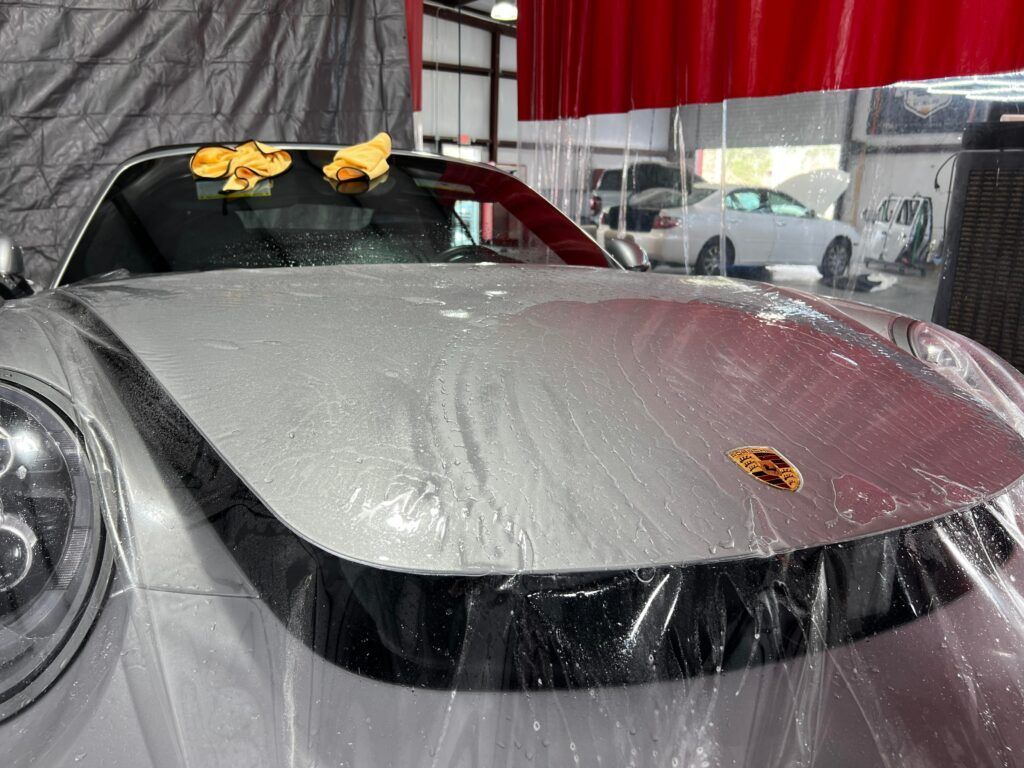
Traditional Auto Painting
For many car owners, traditional auto painting is the go-to choice for paint protection. It’s a reliable and cost-effective way to keep your car looking fresh and new. But with that reliability comes some drawbacks; it’s time consuming and labor intensive, so you’ll have to wait for several days or weeks before you get your vehicle back from the body shop.
On top of that, Auto Painting also has its durability issues – depending on the environment where it was applied, as well as how often it gets exposed to harsh elements like UV rays, rain, snow and salt. This means that even if everything goes perfectly during the application process, there’s still no guarantee it will last forever. So while traditional auto painting is great when done right, ceramic coating may be a better option if you’re looking for long term protection for your car’s paint job.
Maintaining Your Ceramic Coated Paint
When it comes to maintaining your ceramic coated paint, there are certain steps you can take to ensure its longevity. By following a few simple guidelines and performing routine maintenance, your car’s sleek finish will be preserved for years to come.
First of all, make sure that the coating is given ample time to cure before washing or waxing. Generally speaking, this should be at least two weeks after application; however, it may also depend on the climate in which you live. Once cured, use mild detergents specifically designed for ceramic coatings when cleaning the surface of your vehicle. A soft microfiber cloth should be used instead of a sponge as sponges can cause scratches. Additionally, avoid any products with solvents or abrasives since they could damage both the paint and the coating itself.
When it comes to waxing, you don’t have to do so very often- about once every three months should suffice. When applying wax, only use a product that’s suitable for ceramic coated surfaces and never let wax sit on the surface too long as it could prevent proper curing of the coating. Finally, regular detailing sessions by professionals are recommended because they possess advanced knowledge about how to properly maintain ceramic coated vehicles without damaging them in any way.
Proper Cleaning Techniques
When it comes to keeping your ceramic coated paint in top condition, proper cleaning techniques are essential. This type of coating provides superior protection against the elements and ordinary wear-and-tear, but only if you take steps to maintain it. To ensure that your vehicle’s protective sealant remains intact and its beautiful finish shines through, there are a few easy guidelines to follow.
First of all, always use a mild soap or shampoo when washing your car with a sponge or soft cloth. Avoid using harsh detergents as they can strip away the coating over time. When rinsing off the suds, be sure to do so gently – high pressure water may damage the wax layer underneath the coating. Afterward, dry your car with a microfiber towel for best results and avoid air drying which could leave spots on the surface due to minerals from tap water. Additionally, minimize contact with bird droppings or bug residue by immediately wiping away any debris before washing with warm water and soap.
By following these simple steps you can keep your ceramic coated paint looking great for many years!
Identifying And Fixing Damage
When it comes to protecting your car’s paint from the elements, ceramic coating is a great option. To get the most out of this protection, however, you need to identify and fix any existing damage on the surface of your vehicle first.
Start by examining each panel for scratches and chips in the paintwork. If there are any found, use an abrasive polish to level out the area before applying a touch-up kit or spray can to cover up the blemish. Then, after washing and drying the entire car with detergent specially designed for automotive surfaces, apply a layer of ceramic coating that’s appropriate for your car’s finish. This will help provide increased durability against wear and tear as well as ultraviolet rays from sunlight which contributes to fading over time. And don’t forget to wax regularly in order to maintain optimal protection!
Ultimately, if you want your car’s paint job to look its best, taking steps like identifying and addressing any damage beforehand is key in helping ensure long lasting results when using ceramic coatings.
Regular Maintenance Schedule
It is important to regularly maintain your car’s paint job in order to keep it looking its best. One of the most effective ways to do this is by utilizing a ceramic coating, which creates an extra layer of protection against potential damage. A regular maintenance schedule including applying and reapplying this type of coating can help maintain your vehicle’s paint job over time.
When considering what kind of maintenance routine works best for you and your vehicle, keep in mind that different types of cars may require different levels and kinds of care. Choosing a product certified by the International Detailing Association (IDA) or another reputable organization will ensure quality, as well as selecting an experienced technician who understands how to properly apply the coating. With these steps taken, you can trust that your car’s paint job will be protected for years to come.
Conclusion
In conclusion, ceramic coating is a great way to protect your car’s paint from the everyday wear and tear of life. It lasts an average of three years before needing to be reapplied, making it a cost-effective solution for protecting your vehicle’s exterior. It can also be applied on top of waxed or sealed cars, meaning that you don’t need to go through the process of removing any existing sealants first. Ceramic coating offers superior protection compared to traditional auto painting methods, while requiring minimal maintenance which makes it more convenient than other options. Overall, ceramic coating is one of the best ways to keep your car looking new for longer periods of time.
FAQ
What are the mechanisms by which ceramic coatings provide superior protection to a car’s paint compared to traditional waxes?
Ceramic coatings provide superior protection to a car’s paint compared to traditional waxes due to their chemical composition and hardness. Ceramic coatings are made up of inorganic materials, such as silica and titanium dioxide, that are harder and more durable than traditional organic waxes. They also form a stronger bond with the paint surface, creating a more uniform and protective layer.
Does ceramic coating protect a car’s paint from all types of damage, such as acid rain and bird droppings?
Yes, ceramic coating can provide protection against a variety of different types of damage, including acid rain and bird droppings. The hardness and durability of the ceramic coating helps to resist etching and staining from these sources, preserving the appearance of the paint.
Can ceramic coating provide protection against fading or chalking caused by prolonged exposure to UV light?
Yes, ceramic coatings can provide protection against fading or chalking caused by prolonged exposure to UV light. Ceramic coatings are resistant to UV radiation, helping to prevent color fading and chalking caused by sun exposure. They also provide hydrophobic properties that can help to repel water and other contaminants, reducing the risk of water spots and stains on the paint.
